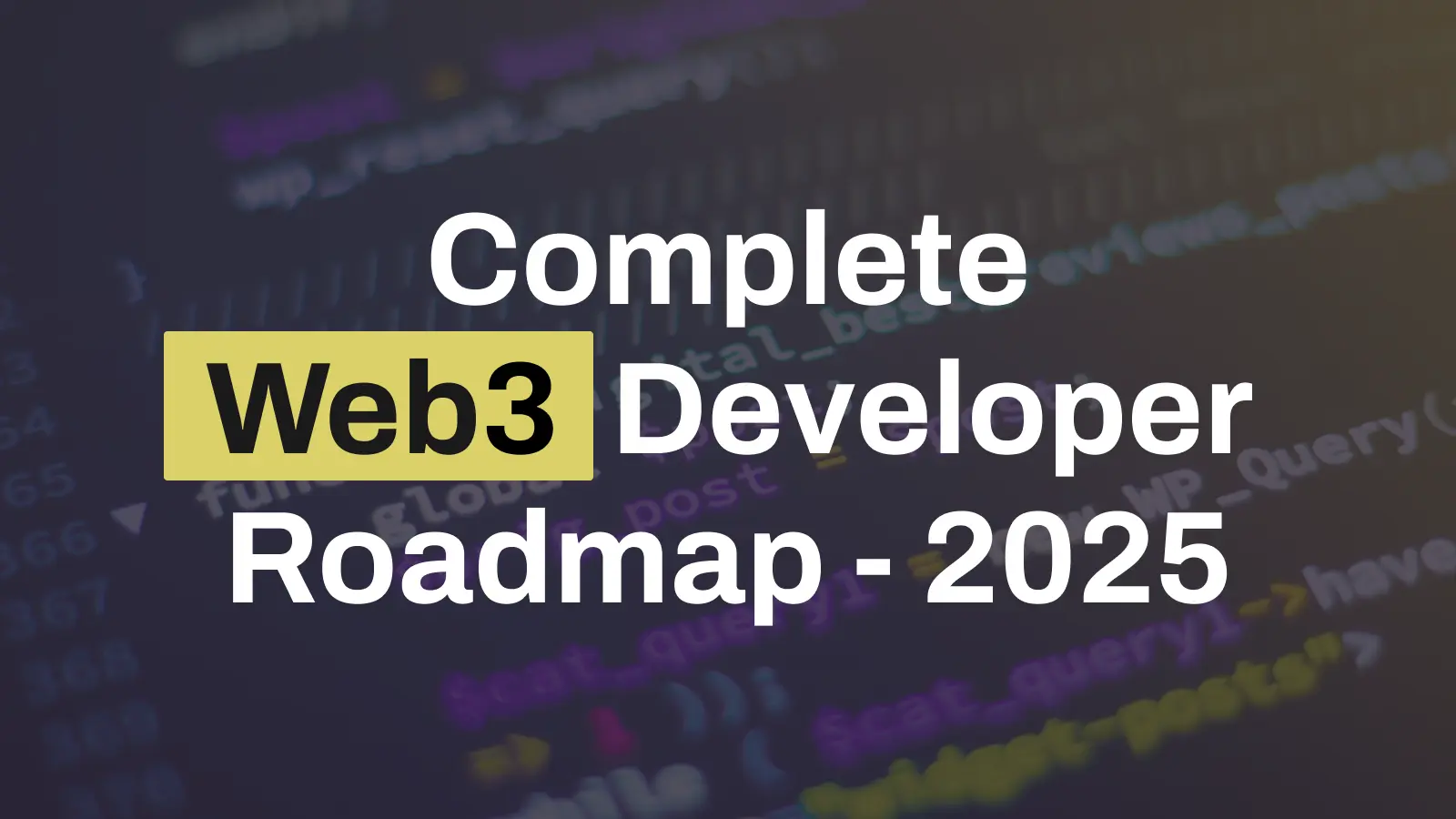Jobs in blockchain technology keep expanding as more companies ship real products, from payments and gaming to supply chains. If you’re curious about the work, the skills, and the steps to land your first role, here’s a clear, practical plan.
What does a blockchain developer do?
A blockchain developer designs, builds, and maintains applications that run on distributed networks. Day to day, that can mean writing smart contracts, building APIs and back ends that talk to nodes, modeling data structures, and shipping features with strong security in mind. You’ll review consensus trade-offs, test failure scenarios, and write clean code that other engineers can audit.
Common tasks include:
Writing smart contracts (e.g., Solidity) and tests
Integrating wallets, keys, and signature flows
Designing data models that work with blocks, transactions, and events
Monitoring gas usage, performance, and on-chain/off-chain interactions
Collaborating with product and security on specs and reviews
Skills you need to get hired
If you’re aiming for a junior role, start with strong programming fundamentals, then add crypto-specific pieces. Programming (JavaScript/TypeScript, Python, Go, or Java), data structures, cryptography basics, distributed systems, and cybersecurity form the core skill stack. A touch of finance or economics helps for payments and tokenized apps.
If you’re studying and short on time, consider using an essay writer with affordable prices for students for general coursework so you can focus extra hours on labs, code exercises, and hackathons. Keep the focus on learning and building, not shortcuts.
Quick skill checklist
One general-purpose language (JS/TS, Python, or Go)
Smart contracts (Solidity), testing frameworks, and security patterns
Git, Docker, and basic CI
Keys, wallets, signing, and access patterns
Networking and distributed systems basics
Reading specs and audits without getting lost
The blockchain developer career path
A typical blockchain developer career path looks like this:
Learner → Contributor. Finish fundamentals, ship small projects, and contribute to open-source repos.
Junior Developer. Own tickets, write contracts or services, and build review habits.
Mid-level. Design features, review code, handle on-call, and improve tests and tooling.
Senior. Lead projects, set patterns, mentor juniors, and drive audits and incident response.
Architect/Tech Lead. Shape system design, pick stacks, and guide long-term technical choices.
Along the way, you might branch into security research, protocol engineering, or product roles tied to token design and analytics.
Is blockchain developer a good career in 2025?
Short answer: yes—is blockchain developer a good career right now? Demand remains steady across finance, identity, gaming, and enterprise pilots. Salaries compare well with other software roles, and the work is technically rich. The field rewards curiosity, code quality, and security thinking. Expect cycles in funding, but skills in distributed systems, cryptography, and secure app design stay valuable across markets.
Jobs in blockchain technology: roles at a glance
Below is a high-level snapshot of common roles. Titles vary by company, but the core work stays similar.
| Role | Core focus | Typical skills |
|---|---|---|
| Blockchain Developer | Smart contracts, dApps, back-end services | Solidity, JS/TS or Go, testing, security reviews |
| Blockchain Engineer | Infra, nodes, tooling, performance | Distributed systems, networking, CI/CD, observability |
| Blockchain Architect | System design and stack choices | Protocol knowledge, design patterns, threat modeling |
| Project Manager | Delivery and coordination | Agile practices, risk tracking, cross-team comms |
| Consultant | Use-case discovery and solution mapping | Business analysis, prototyping, stakeholder guidance |
These roles reflect real hiring patterns: developers and engineers write and ship code; architects define the larger shape; PMs keep work on track; consultants help teams pick the right problems and structure pilots.
How to start: a simple plan that works
Use this four-week outline as a pattern you can repeat and stretch:
Week 1 — Foundations. Revisit algorithms, data structures, and Git. Read about blocks, transactions, keys, and consensus. Build a notes doc with terms and diagrams.
Week 2 — Smart contracts. Learn Solidity syntax, events, modifiers, re-entrancy risks, and testing. Write a simple ERC-20 or access-controlled contract with tests.
Week 3 — Full-stack dApp. Connect a front end to a test network, wire wallet flows, and add basic analytics. Practice signing and error handling paths.
Week 4 — Ship and reflect. Open-source your code, write a short README, and summarize trade-offs. Apply for internships, fellowships, or apprenticeships.
Practice ideas
Rebuild a simple multisig with clear tests
Create a token escrow that supports dispute windows
Index events with a small back end and display them in a dashboard
Interview prep and portfolio tips
Show three focused projects rather than ten half-finished ones
Write threat notes for each repo: attack paths, tests, and what you fixed
Learn by reading audits from reputable firms; mirror fixes in small demos
Contribute to tooling (linters, test utilities) to learn common pitfalls
Explain trade-offs in plain language during interviews; keep answers short and precise
Final thoughts
A blockchain developer career repays steady practice: small, tested projects add up fast. Start with core software skills, then layer on contracts, keys, and networking. Share your work, seek feedback, and keep learning from public code and audits. That mix—plus patience—opens doors across multiple teams and products.




